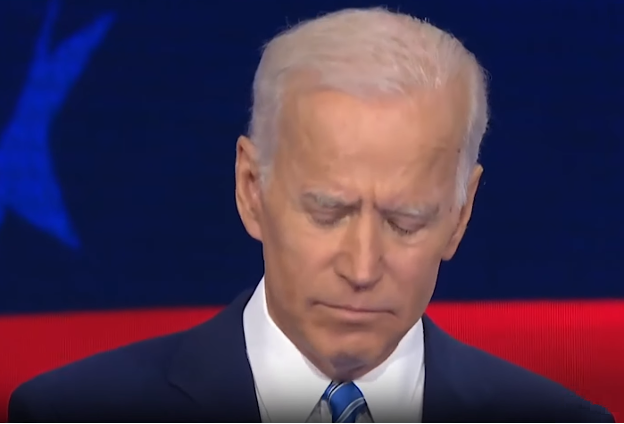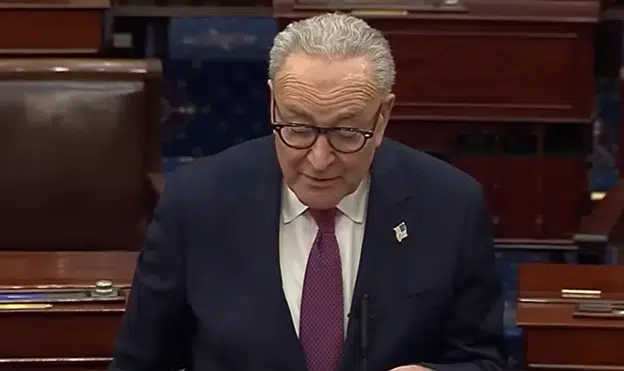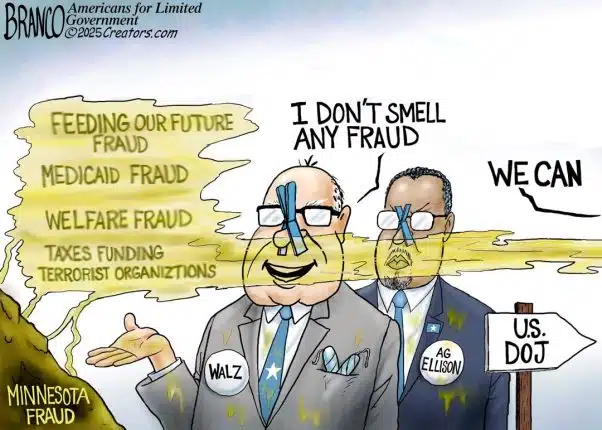
55 percent of Americans say that the U.S. economy is already in a recession, according to the latest polling from Economist/YouGov taken June 4 through June 7, including 41 percent of Democrats, 75 percent of Republicans and 56 percent of independents.
Politically, that is usually bad news for the incumbent party occupying the White House, in this case President Joe Biden and the Democrats.
The latest reading of public sentiment on the economy comes as Congressional Republicans continue to lead Congressional Democrats in the generic ballot by 3.4 percentage points, 46.2 percent to 42.8 percent, in the latest average of national polls by RealClearPolitics.com.
Which, who can blame them? Amid crushing 8.6 percent consumer inflation and 11 percent producer inflation, record gasoline prices, food shortages and the ongoing supply chain crisis, Americans’ household budgets are getting hammered right now with no end in sight. Why?
In the State of the Union Address in February, President Biden held himself to the standard of needing to boost production when he described the supply chain crisis: “The pandemic also disrupted global supply chains. When factories close, it takes longer to make goods and get them from the warehouse to the store, and prices go up. I have a better plan to fight inflation. Lower your costs, not your wages. Make more cars and semiconductors in America. More infrastructure and innovation in America. More goods moving faster and cheaper in America.”
So, of course a majority of Americans believe we are already in a recession — and that it might be time for a change in Washington, D.C.
Quite simply, we have a global energy crisis, but we’re still not producing more energy than we were before Covid.
There is a global food crisis, but we’re still not producing more food than we were before Covid.
Meaning the current supply pressures that are helping to drive prices up will still be with us several months from now and might even worsen. And everyone can see that the problem is not going away anytime soon.
In addition, with financial and stock markets being roiled into bear market territory, and the Bureau of Economic Analysis reporting a 1.5 percent contraction of the economy in the first quarter.
In the meantime, Democrats seem to be dedicated to somehow maintaining their majorities by campaigning on wedge issues like the Jan. 6, 2021 riot at the U.S. Capitol, gun control and abortions on-demand.
Surely, Democrats are trying to beat the midterm jinx by distracting from the core problems that are facing the nation and which have arisen under the current Democratic one-party rule in Washington, D.C., especially inflation and the U.S. economy’s capability and unwillingness to boost production as voter attitudes are definitely setting in ahead of the midterms.
When asked by YouGov what their top economic indicator currently was, a clear majority chose inflation, with 55 percent choosing the prices of goods and services, including 49 percent of Democrats, 67 percent of Republicans and 56 percent of independents.
Meaning, if inflation is still a going concern in September and October — and why wouldn’t it be? — all bets could be off for Biden and Democrats in November. Stay tuned.
Robert Romano is the Vice President of Public Policy at Americans for Limited Government.
Updated 6/10/2022 to include the latest Consumer Price Index numbers from the Bureau of Labor Statistics.






